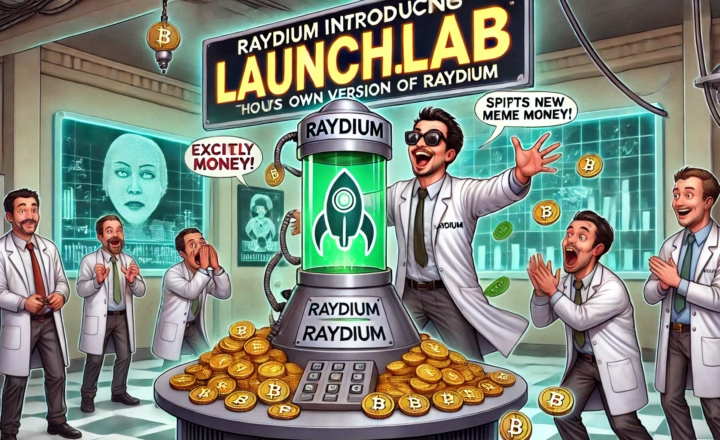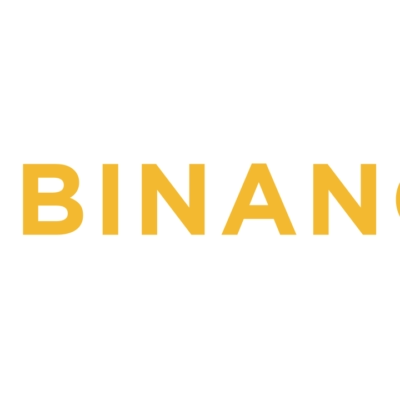Lawmakers warn of “unprecedented risks” as Trump-backed WLFI launches USD1 stablecoin during ongoing policy debates
Overview
Five Democratic members of the U.S. Senate Banking Committee, led by Senator Elizabeth Warren, have sent a formal letter to the Federal Reserve and the Office of the Comptroller of the Currency (OCC) expressing serious concerns about a new stablecoin launched by World Liberty Financial (WLFI) — a crypto firm backed by President Donald Trump and his family.
The March 28 letter addresses what lawmakers describe as “extraordinary conflicts of interest” stemming from WLFI’s USD1 stablecoin, which launched just months after Trump’s inauguration and is partially controlled by the president’s family.
“The launch of a stablecoin directly tied to a sitting President who stands to benefit financially from the stablecoin’s success presents unprecedented risks to our financial system,” the senators wrote.
Background: The USD1 Stablecoin and WLFI
World Liberty Financial (WLFI) was quietly launched in September 2024, ahead of the U.S. election, with a mission to bring “monetary independence through digital liberty.” Since its inception, the firm has completed two public token sales, raising a combined $550 million, and recently launched the USD1 stablecoin on BNB Chain and Ethereum on March 24.
The company’s official website confirms that President Trump and his immediate family own 60% of WLFI’s equity interests. On March 26, Donald Trump Jr. appeared on stage at the DC Blockchain Summit to promote USD1 alongside three of WLFI’s co-founders.
The high-profile involvement of the Trump family has drawn both investor attention and political scrutiny — particularly as the firm expands into dollar-pegged digital currency issuance.
Senators’ Concerns: Independence and Oversight at Risk
The letter, addressed to Federal Reserve Governor Michelle Bowman and Acting Comptroller of the Currency Rodney Hood, centers on concerns that President Trump’s executive authority may be used to undermine the independence of financial regulators for the benefit of WLFI.
The senators pointed to a February executive order signed by Trump that instructs all federal agencies, including financial regulators, to “coordinate regularly with White House officials” on policy matters — potentially giving the president influence over bodies like the Fed and OCC.
“President Trump’s involvement in this venture, as he strips financial regulators of their independence and Congress simultaneously considers stablecoin legislation, presents an extraordinary conflict of interest,” the letter states.
The lawmakers urged regulators to explain how they intend to oversee WLFI and enforce compliance under existing frameworks — and whether Trump’s executive orders have affected regulatory decision-making.
Regulatory Context: GENIUS Act and Stablecoin Policy
The controversy comes as Congress debates the Guiding and Establishing National Innovation for U.S. Stablecoins (GENIUS) Act, a bill that would formally designate the OCC and Federal Reserve as the primary overseers of stablecoin issuers.
If passed, the GENIUS Act would impose reserve, audit, and redemption standards for dollar-backed stablecoins — including USD1 — and allow enforcement mechanisms similar to those applied to banks and financial holding companies.
Critics argue that Trump’s dual role as president and WLFI stakeholder could distort the policy environment and open the door to regulatory favoritism, especially if his administration were to direct agencies to treat WLFI more leniently.
Transparency Concerns and Market Implications
Adding to the controversy is WLFI’s lack of public disclosures. The firm has released minimal technical documentation, and neither the USD1 smart contracts nor its reserves structure have undergone independent public audits.
Despite these gaps, USD1 has rapidly gained traction in DeFi liquidity pools and cross-border payment pilot programs in Southeast Asia, raising the stakes for how U.S. regulators will approach oversight.
For investors and policy analysts, the case raises urgent questions:
-
Should a sitting president be allowed to hold equity in an active financial issuer?
-
Can regulatory agencies maintain independence under executive pressure?
-
What safeguards exist to prevent the politicization of the U.S. dollar in its digital form?
Industry and Investor Perspectives
While some in the crypto industry view WLFI’s rise as a validation of stablecoins’ growing legitimacy, others are wary of political entanglement.
One U.S.-based stablecoin issuer, speaking anonymously, warned:
“The integrity of the dollar as a neutral global asset could be undermined if any administration — Democrat or Republican — directly benefits from a digital version of it.”
From an investor standpoint, WLFI’s backing and early adoption may appear promising, but the legal, regulatory, and reputational risks are significant. Analysts note that WLFI’s success or failure could have market-wide implications for the entire stablecoin sector — especially if Congress responds with stricter rules across the board.
Conclusion
As WLFI’s USD1 stablecoin enters circulation, its close ties to President Trump have prompted a new kind of concern: not just about financial stability, but about the intersection of political power and digital finance.
With the GENIUS Act under consideration and federal regulators facing pressure from both sides, the coming months could shape the future structure, governance, and neutrality of stablecoin markets in the U.S.
Investors, regulators, and industry leaders alike will need to weigh technological innovation against the need for systemic safeguards and political independence in this rapidly evolving landscape.












